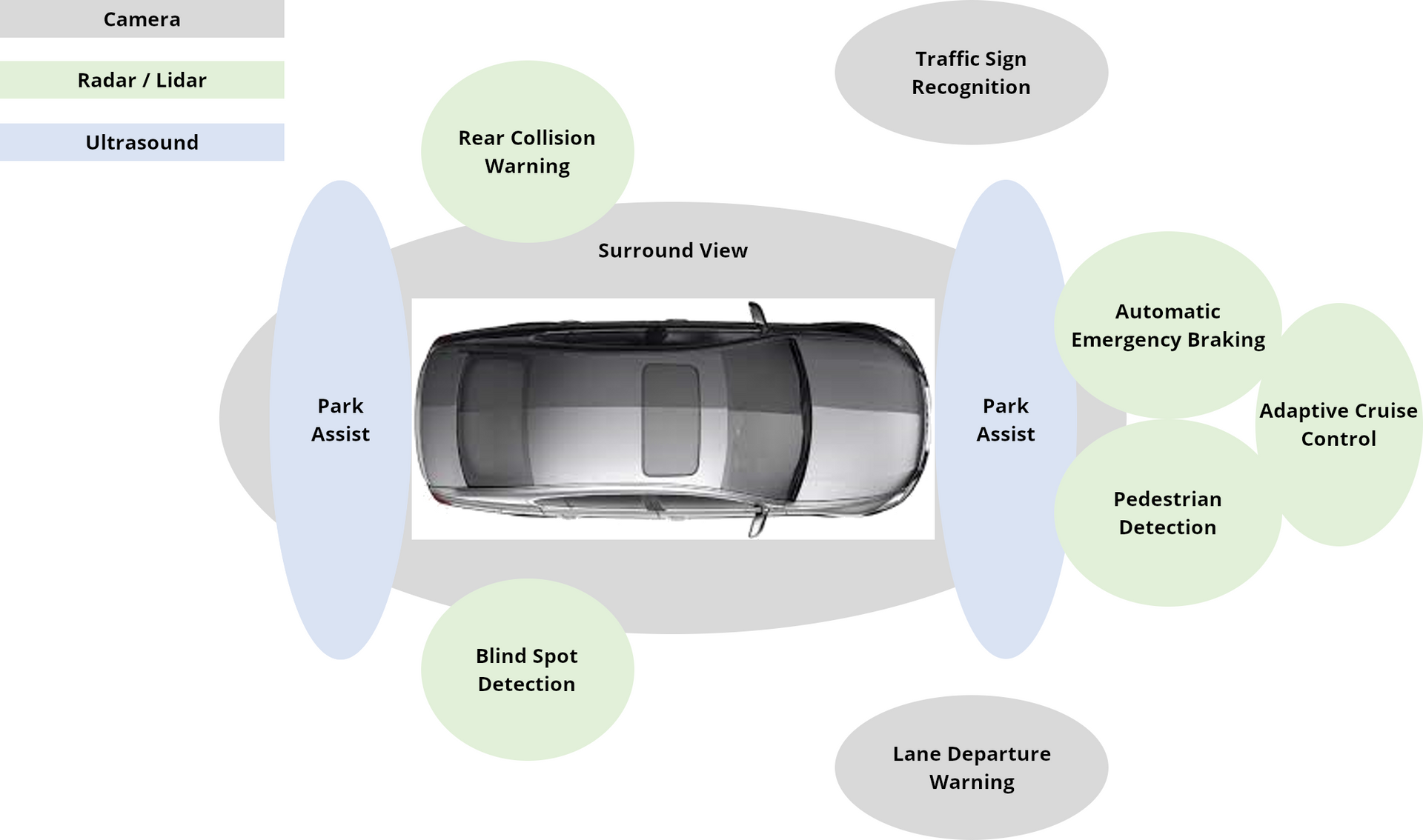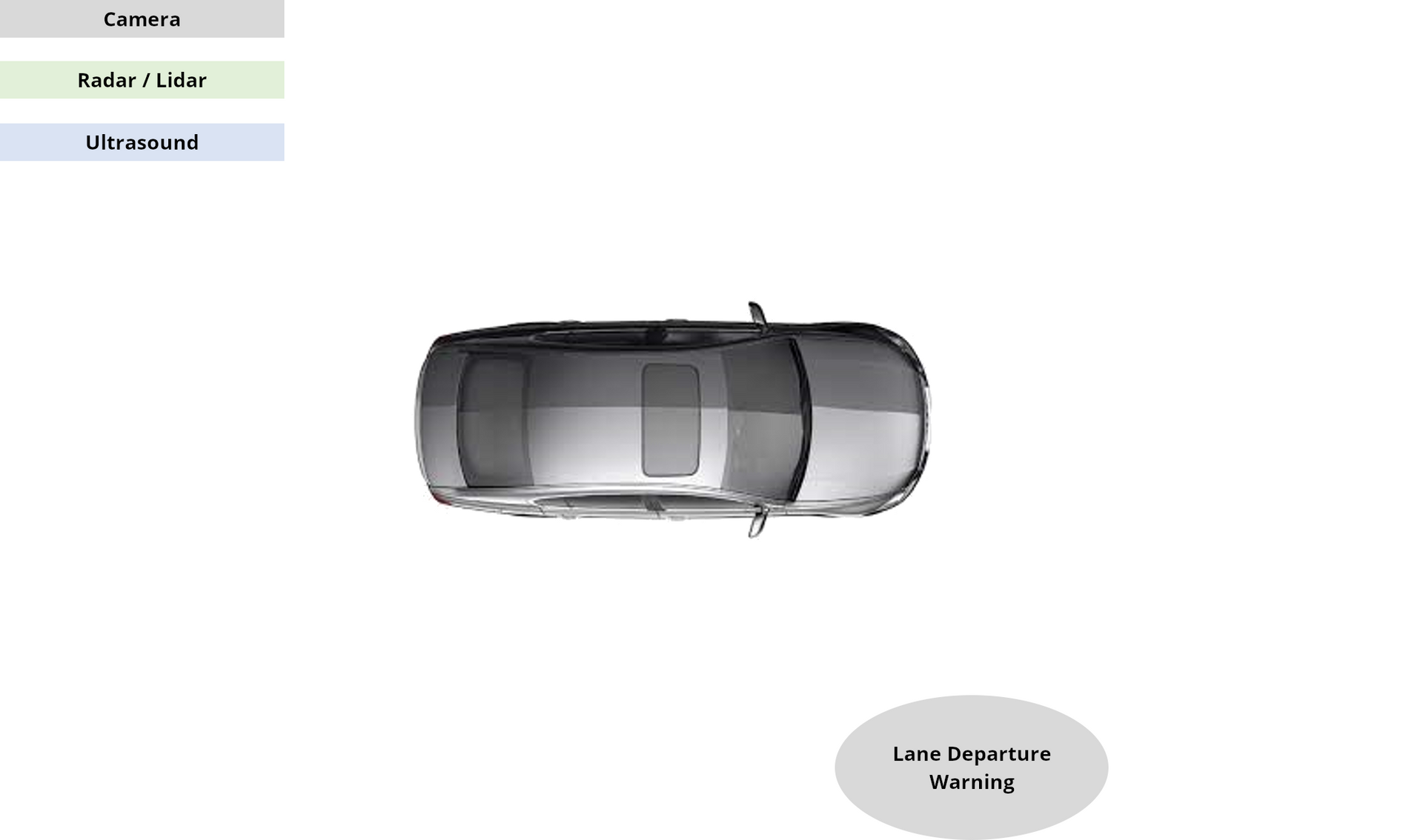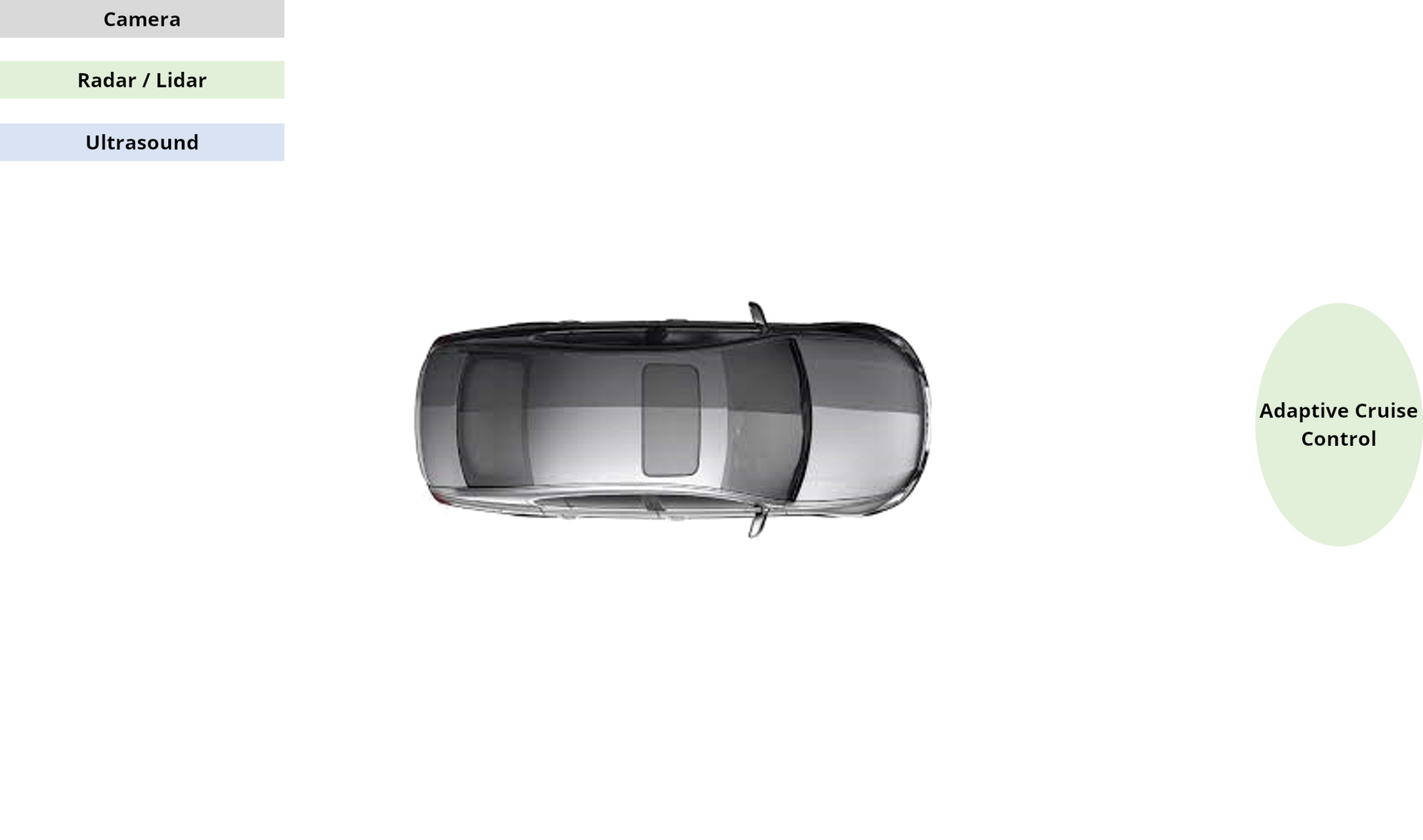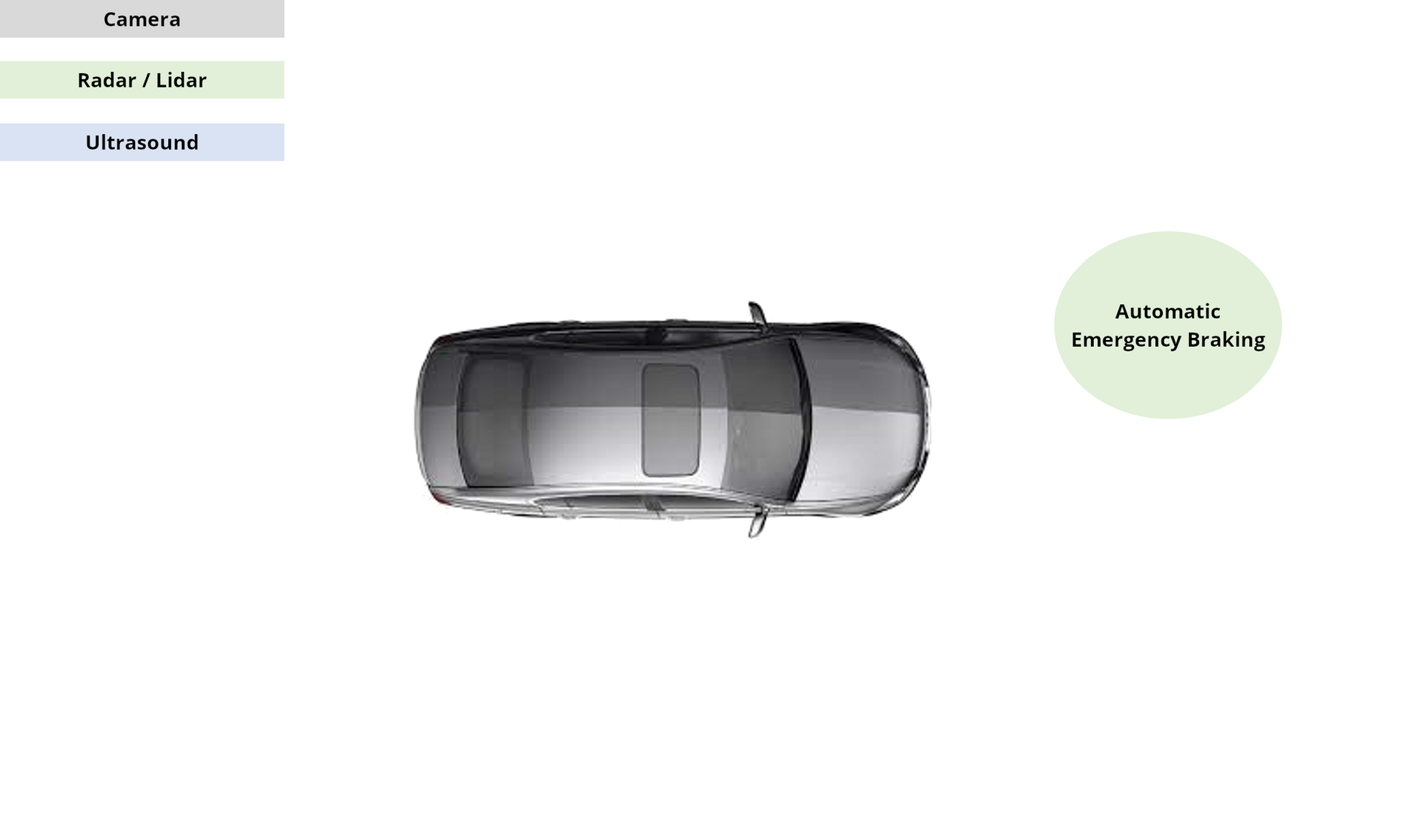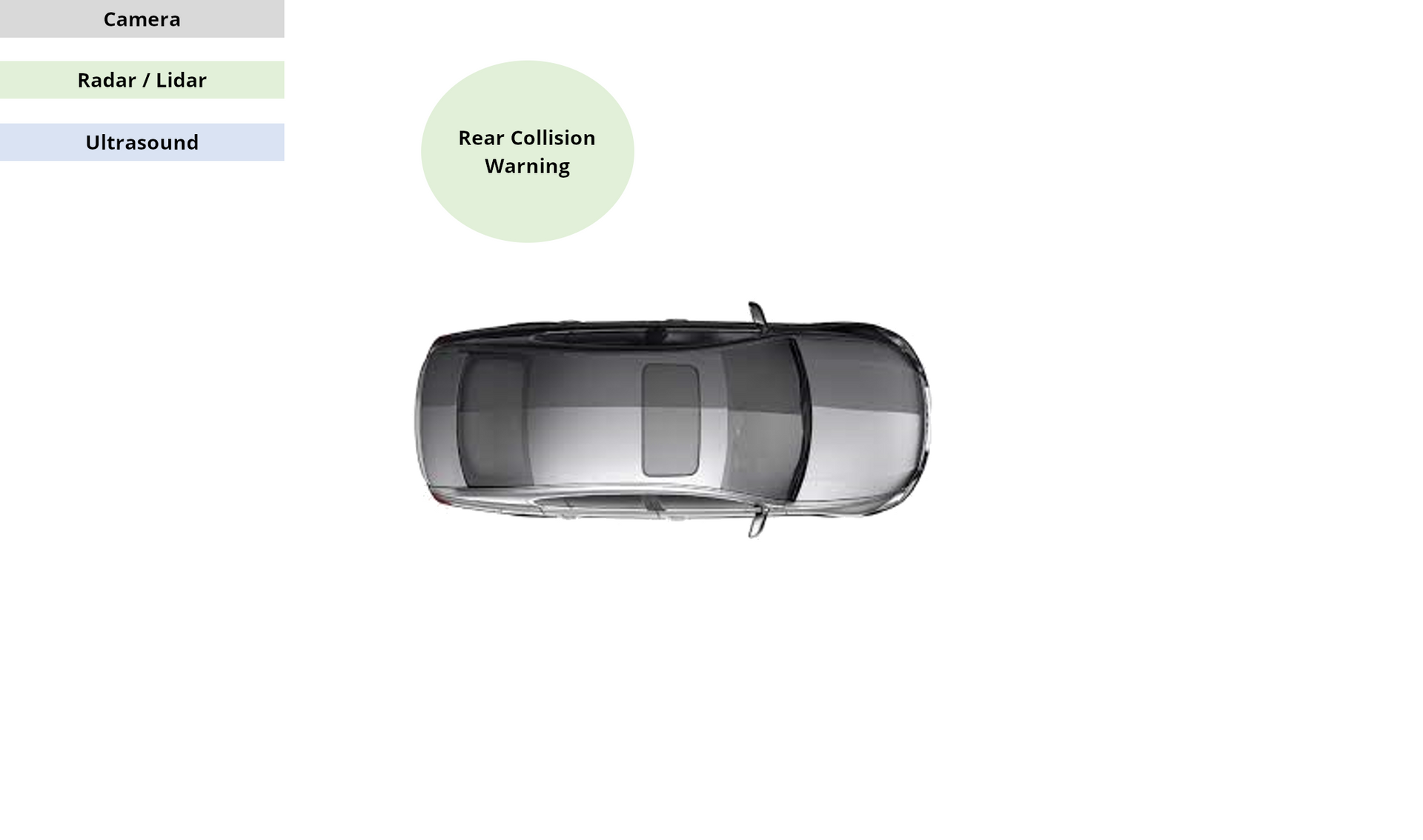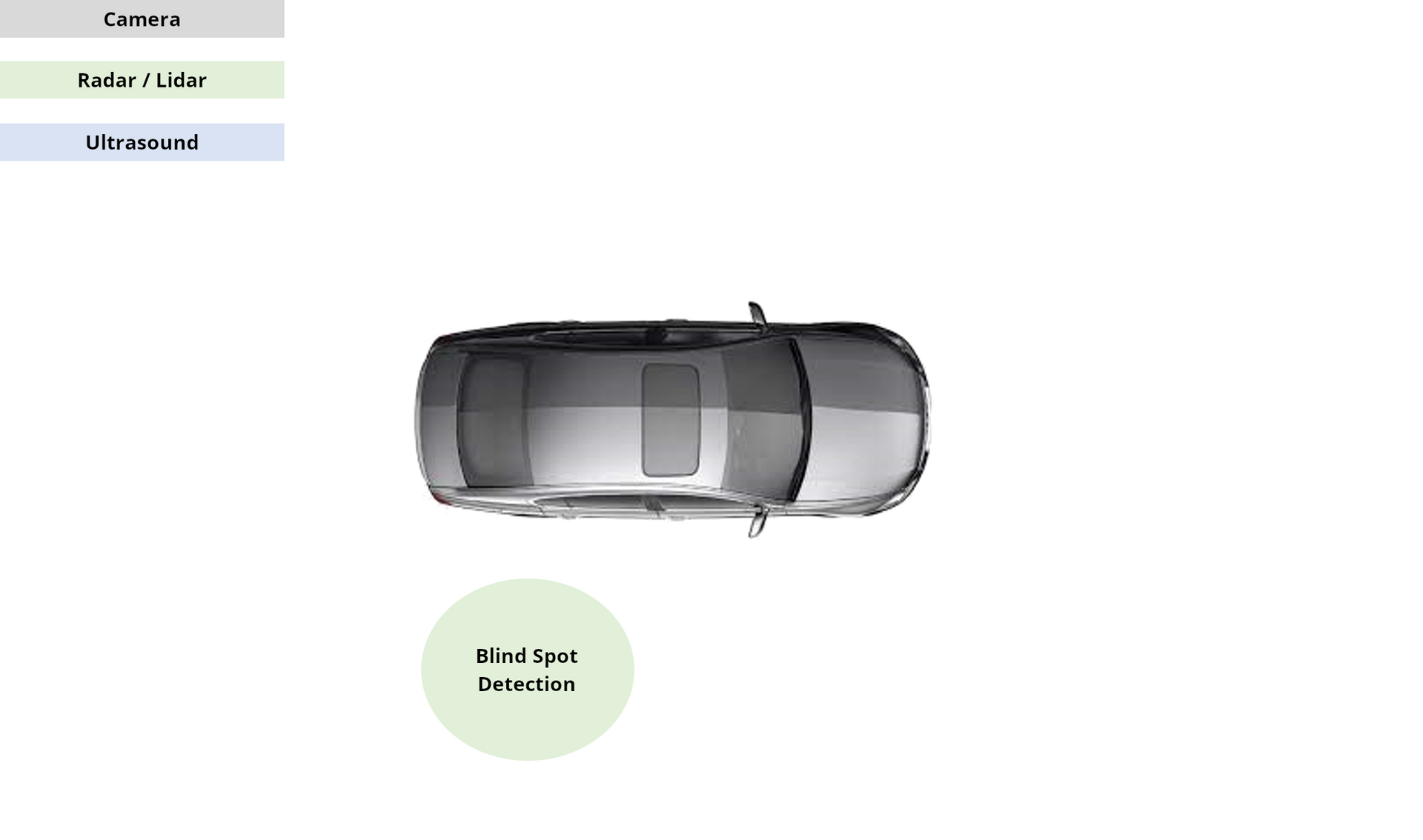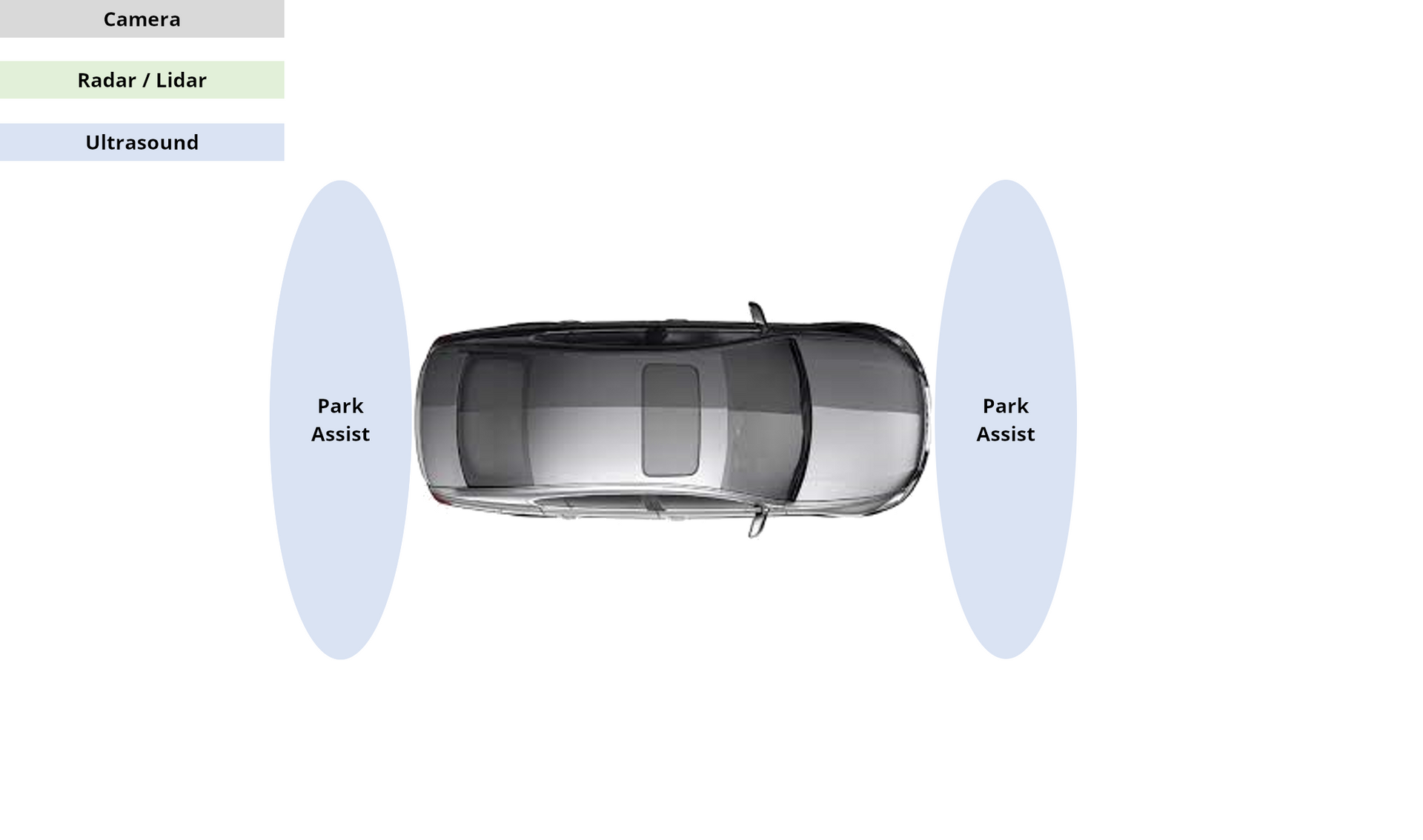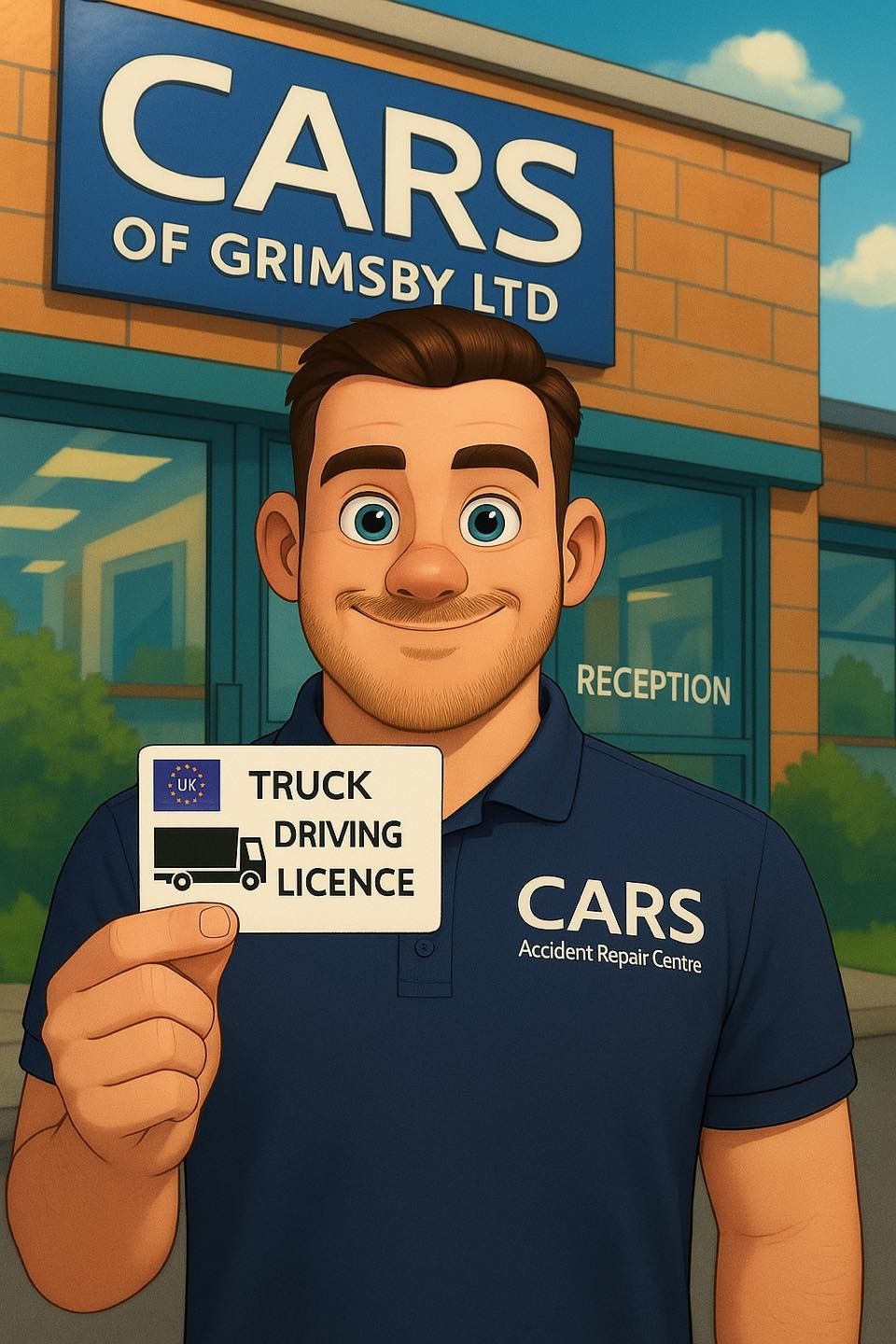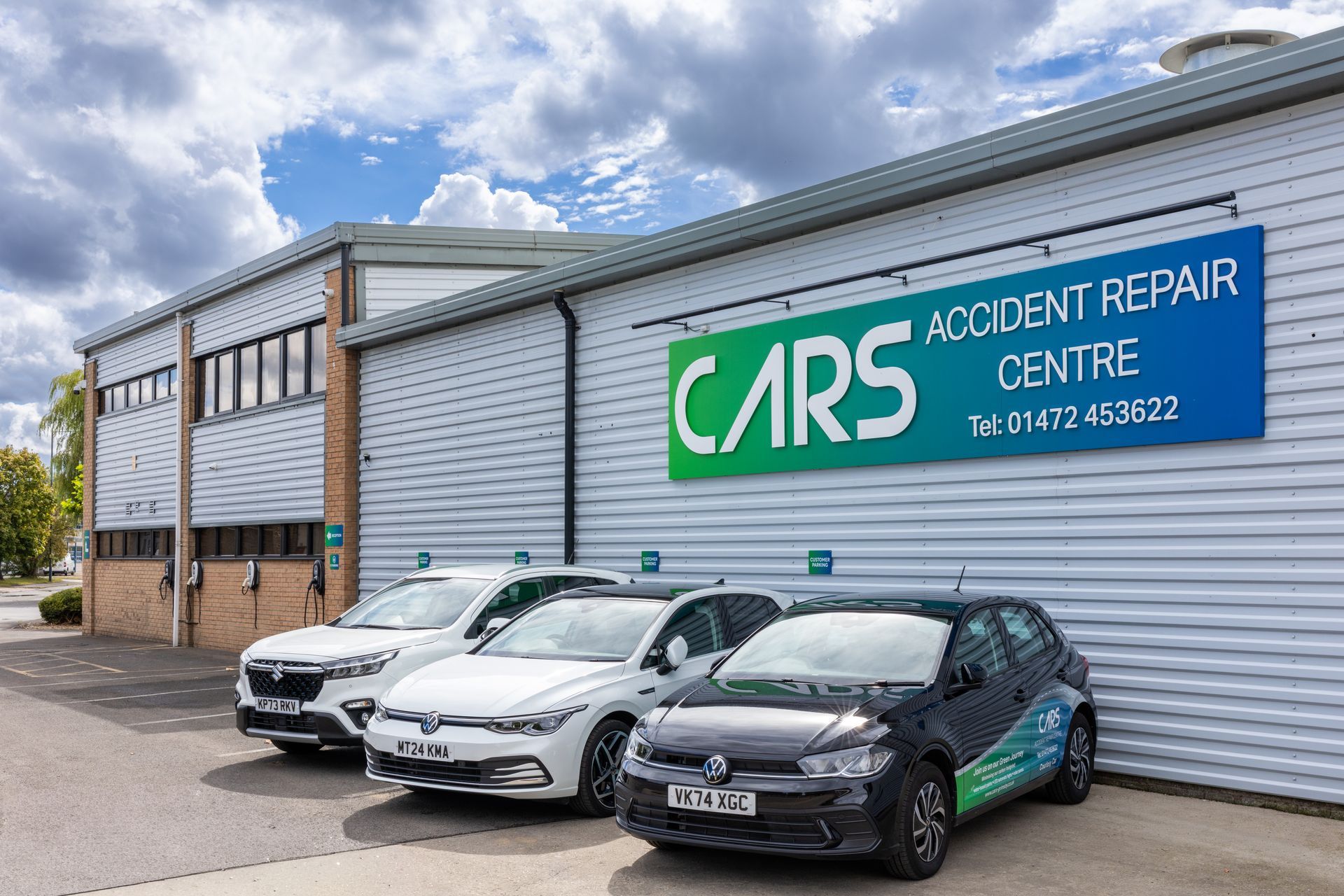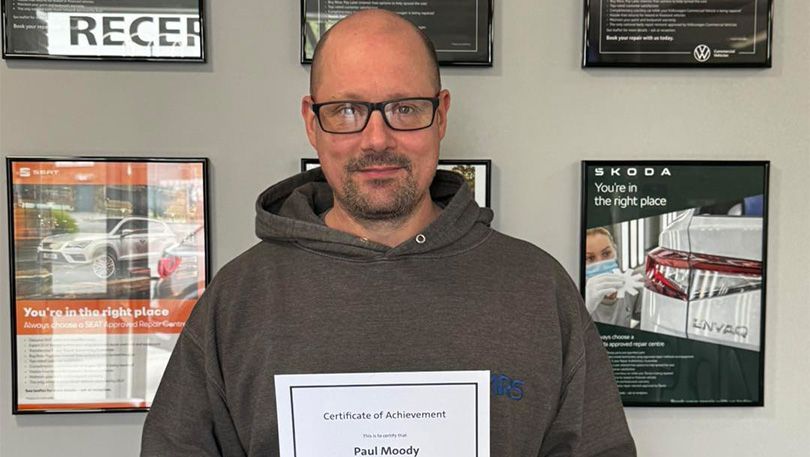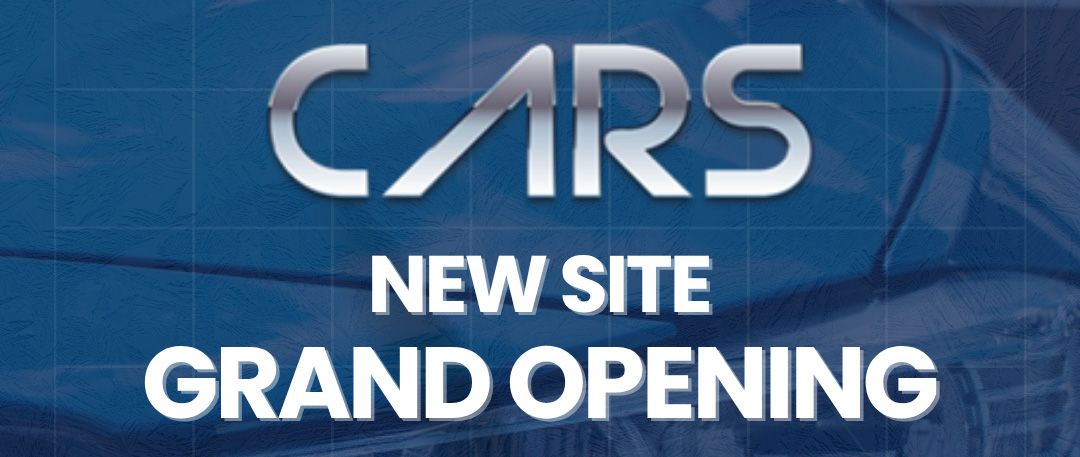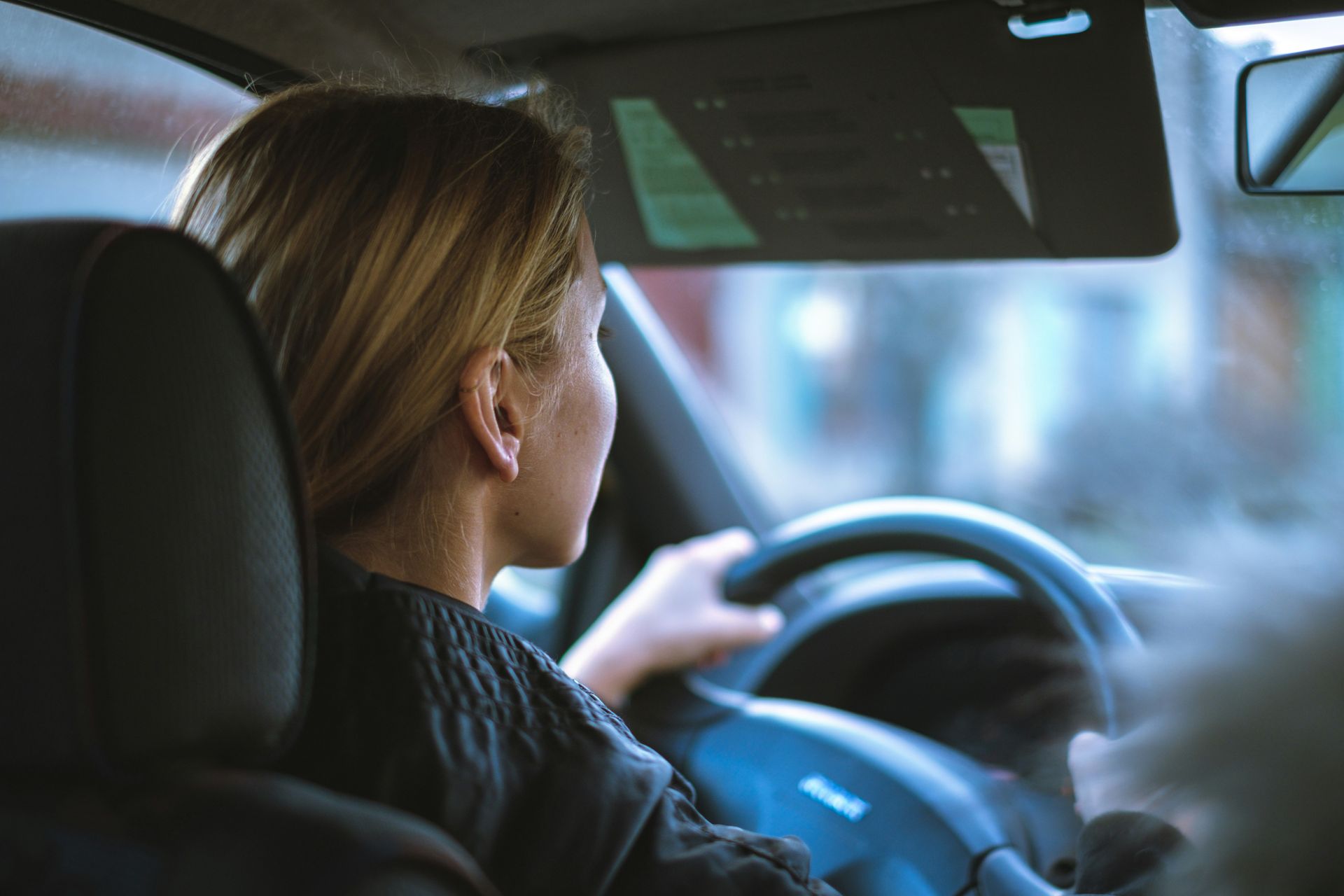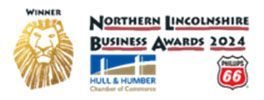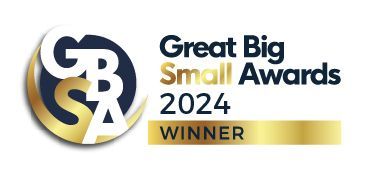What is ADAS?
Jason Barker • April 28, 2023
Advanced Driver-Assistance Systems, or ADAS as they're more commonly known, are features that can enhance the driving experience. They typically fall under one of three types of system; Camera, Radar/Lidar, and Ultrasound. Click through the tabs below to learn more about each type and the features commonly within them.

Many insurance companies use no-claims discount (NCD) to reward their drivers for not making a claim during a specified timeframe, usually a policy year. This, in turn, encourages sensible driving behaviour. For example, if four years pass by without a customer making a claim on their policy, they will have earned four years’ worth of no-claims discount. This discount usually results in a reduction in premium costs upon policy renewal. The discount will depend on the insurance company’s specific terms and the number of consecutive claim-free years. In some cases, there may be a maximum limit to the number of years of NCD that can be accumulated, and this should be checked with insurance companies on a case-by-case basis. Protected no-claims discount differs from standard no-claims discount in the way that an insurer may allow for more than one claim to be made before the discount is lost or reduced. A fee may be payable for this added layer of protection, commonly in the form of slightly higher premiums. We always encourage our customers to opt for the highest level of protection when it comes to their NCD. This will ensure that they have a greater level of cover if the worst happens. Always remember that if you’ve been involved in an accident that wasn’t your fault, we have a method here at CARS which enables us to repair your car without impacting your NCD, even if it’s not protected. We also have various excess support options available to our customers. Call us on 01472 453622 for further information. Visit our blogs ‘ How do I choose the right insurance company for me? ’ and ‘ I’ve had an accident; do I have to pay my excess? ’ for further information.
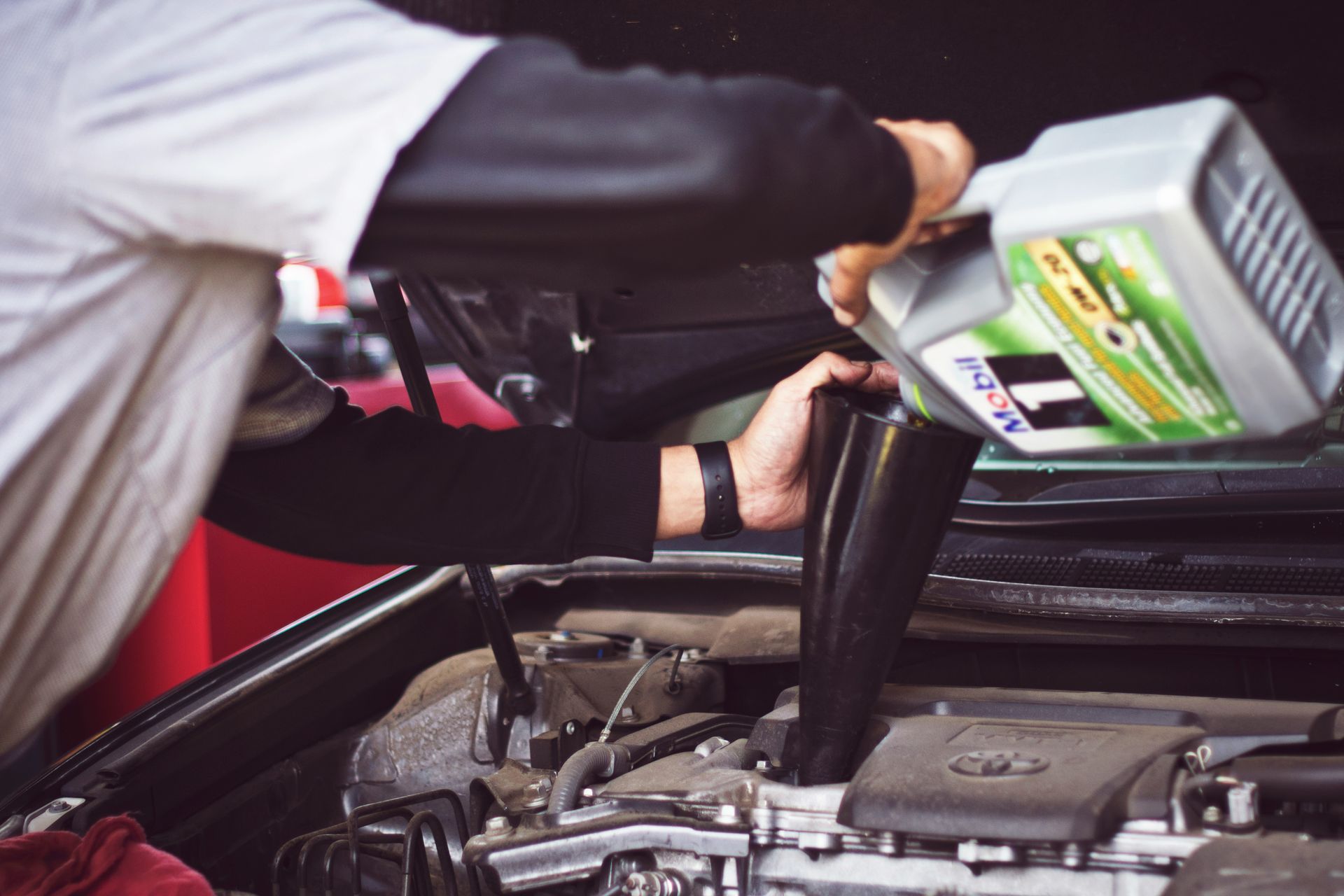
A non-approved repairer excess is an additional sum that will be charged in the event that you do not use one of your insurer’s approved (preferred) garages when you make a claim. The non-approved repairer excess is commonly in the region of £250, and is charged on top of the compulsory and voluntary excess. Unfortunately, this additional excess is becoming more common and it’s increasingly difficult to find a policy without one. However, it’s important to remember that it is your right to take your vehicle to any repairer of your choice. Sometimes, a phone call with your insurer is enough for the additional excess to be removed but in more stubborn cases where your insurer is not willing to negotiate, we offer various excess support options to our customers to reduce the total amount payable. We feel that this is unfair, given that in most cases approved/ preferred repairers are allowed to fit second-hand or non-genuine parts. In comparison, here at CARS, we only use new and genuine parts. Additionally, we have an excess support package available to our customers, where the non-approved repairer excess may not be payable. If you need to make an insurance claim, don’t hesitate to get in touch with us to see how we can help you.
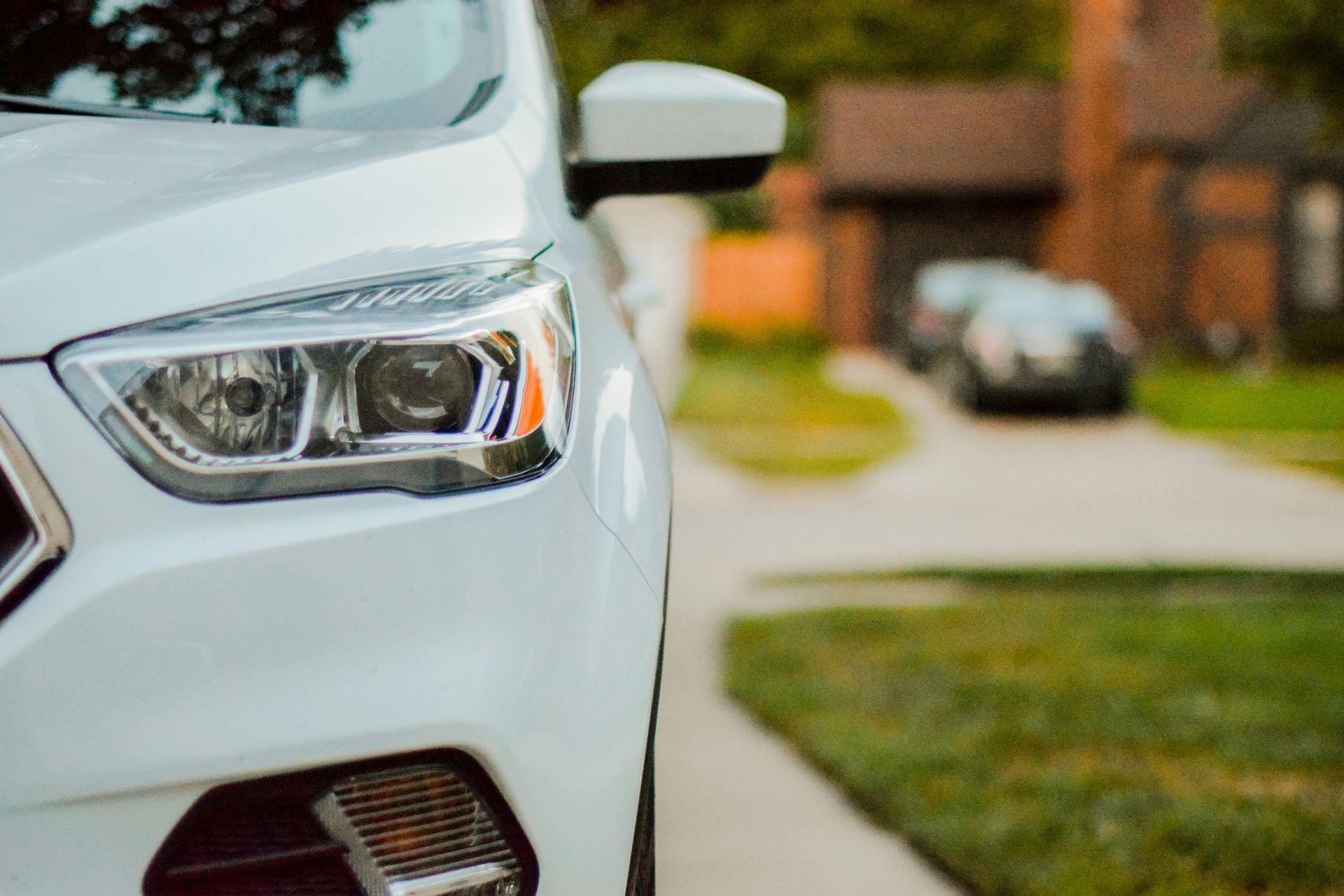
With the ever-increasing cost of living, we’re all on the hunt for ways to save money wherever we can. Car insurance costs have been on the rise for some time, especially for 17- to 24-year-olds. To ease these costs, it’s not uncommon for young drivers to add an older and more experienced driver, such as a parent or carer, to the policy. Listing the parent or carer on the policy as the main driver when they are not, is known as fronting and is illegal. Car insurance fronting is a type of insurance fraud and could result in a penalty such as points on your license, a fine or a driving ban. Unfortunately, fronting isn’t always detected by insurance companies. One of the main ways it could be discovered is when a claim is made, and an insurer identifies that the main driver has been disclosed incorrectly. This could result in them refusing to pay out for the claim, or they may even cancel the policy in full. You should always ensure that any information you disclose to an insurance company is correct. If you are a young driver and you’re looking at ways to lower your insurance costs, our blogs ‘ How can I reduce the cost of my car insurance as a young driver? ’ and ‘ What is black box car insurance? ’ may be useful for you. Don’t hesitate to get in touch with us for further advice.

